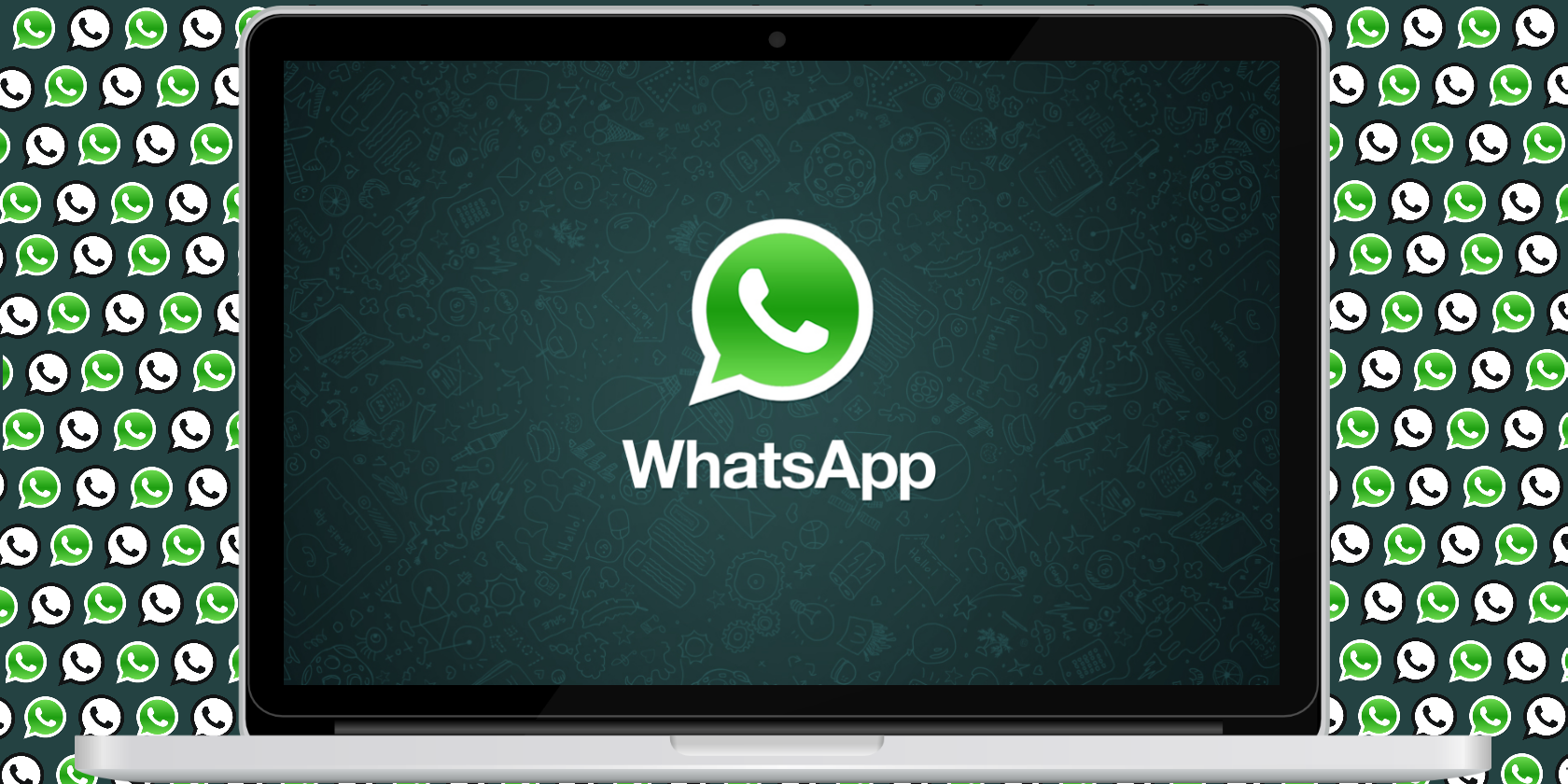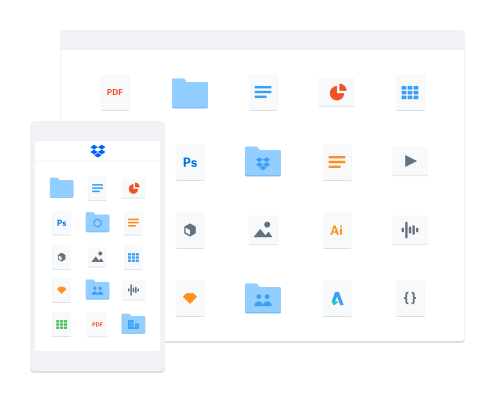Expand cloud storage on Mac
- Dropbox Sync App
- Dropbox Sync Mac Desktop Software
- How Do I Get Dropbox To Sync On My Mac
- Sync Dropbox To Pc
- Download Dropbox To Desktop
- How To Sync Dropbox With Mac
- Dropbox Sync Windows
Open your Dropbox desktop app preferences. Click the Backups tab. Click Manage backup. Uncheck the folders you’d like to stop backing up to Dropbox or uncheck My Mac/My PC to turn off backup for all folders at once. Dropbox has been less alluring to some Mac users than iCloud in part because of its limited syncing. Where Apple's service can sync your desktop and Documents folder, you've had to be content with. Basically I'm trying to make it as whatever file I put on my desktop automatically gets saved in my dropbox so I can access it on my phone later it used to be like that before but now its now working I've been trying for days, help please. Once installed, you’ll have the Dropbox desktop app, Dropbox in your taskbar (Windows) or menu bar (Mac), and a Dropbox folder on your computer. Any changes you make to the Dropbox application are automatically synced to your account on dropbox.com. Sections in this article: How to download and install the Dropbox desktop app.
A number one cloud-based storage system today, Dropbox essentially made storing data online mainstream. This app simplifies syncing files across different devices and offers an easy way to share photos, folders, or send large files (i.e. too large for emails) to others. Although Dropbox isn’t the only cloud-based storage and syncing service for Mac, it remains extremely popular.
Even though, as a Mac user, you do already have iCloud storage and syncing service right at your fingertips, integrated with your Mac and other iOS devices, there are still reasons for you to download Dropbox for Mac.
Get Setapp for seamless storage control
No matter where you keep your precious files, Setapp apps will help you make storage management easy. A single toolkit for everything.
Dropbox makes it easy to share whatever it contains, by offering advanced features such as shared folders or the ability to copy a Dropbox link to allow someone to download a file from your folder. Besides, Dropbox is one of the more common cloud services used by third-party productivity apps that could offer you great additional features.
Dropbox Sync App
Despite iCloud and Dropbox both having basic cloud storage functionality, there are quite a few differences in what you can expect from each. You can’t easily share with iCloud, as its associated solely with a given Apple ID, while Dropbox lets you share folder contents with others, constantly syncing among those connected to the folder. On the other hand, don’t expect Dropbox to automatically sync your data like photos or contacts like iCloud does. You only get quick access to what you put inside your Dropbox folder.
How To Sync Dropbox On Mac Easily
Dropbox Sync Mac Desktop Software

While you can always access your data from the Dropbox website, in the long run, it's easier to install the Dropbox desktop app. Using the Dropbox desktop app means you won't have to manually upload or download files in your Dropbox folder and any time you make a change to a file and are connected to the internet that change will sync everywhere you have Dropbox installed. Dropbox app for Mac works even when you're offline — just like an ordinary folder.
How to install the Dropbox app for Mac?
To download Dropbox for Mac, look for the Dropbox installer on dropbox.com. Once the download of the Dropbox installer is complete, you should be able to find it (DropboxInstaller.dmg) in your Mac’s Downloads folder. Open the file to start your Dropbox download app:
Double-click on the Dropbox icon in the installer window
A warning sign will appear cautioning that Dropbox is an application you downloaded from the internet ➙ click Open to start the installation process
Once the basic installation is complete, Dropbox will ask you to sign in. If you don’t already have an existing Dropbox account, use the sign-up link near the bottom-right corner of the window and follow the online instructions to set up your Dropbox account.
If all done right, after you sign in to your Dropbox on Mac, you’ll see a congratulations message for successfully completing the installation. Well done!
Now on to your Dropbox folder. To set it up:
Click Open My Dropbox Folder button in the final installer window
Enter your Dropbox password ➙ then click OK
Dropbox will add itself to your Finder’s sidebar and deposit a Dropbox for Mac tutorial into your Dropbox folder (a Get Started with Dropbox .pdf file). Take a few moments to read through the guide — it provides a good outline for working with Dropbox.
Tips for using Dropbox on Mac
Understanding how does Dropbox work is easy. Once you install the Dropbox desktop app and set up your Dropbox account, it’ll appear on your computer as a special Dropbox folder, which will become the heart of how does Dropbox work. Anything you place inside that folder is automatically copied to the cloud and synced with your other devices that run Dropbox. Note that Dropbox might not automatically copy all the files on your computer (e.g. when you don’t have enough space) — you might have to pick and choose which ones you want to save.
Transferring files to the Dropbox folder is a matter of seconds. First Dropbox will show a blue icon with circling arrows in the lower left — this means copying the file and uploading it to the cloud. Once it’s done, the icon will turn green and display a check mark. If you wish to transfer multiple files at once:
Hold ⌘ and click on each file you want to move
Drag one of the files to move all selected ones into the Dropbox folder
What you don’t have to worry about is how to sync Dropbox. Dropbox for Mac automatically saves all data placed inside the folder across all devices. As long as you can access your account, you can download any file stored in your Dropbox folder on your local machine. For example, you can move pictures you took on your phone to Dropbox and look at them on your Mac in seconds.
One of Dropbox’s strongest features you should definitely benefit from is sharing files with colleagues and family members. To designate files for sharing:
Right-click on the item you wish to share in your Dropbox
Select the option that says “Share…” with a Dropbox icon next to it
In the text field below the question “Who do you want to share with?”, type the email addresses of the people with whom you want to share the file
Grant the permission you want, either view only or with the ability to edit the file
Once done, you’ll be able to write a message for the recipient(s) if you want to do so. You can also create a link to send to people yourself if you don’t want Dropbox to send the link by email.
Using Dropbox on Mac as pure cloud storage is popular too, as it helps you keep backup copies of important files safe and ready to restore should need be.
What is Dropbox pricing?
Dropbox is available in four pricing plans: the first three let you expand the amount of storage you have by referring others to the service. For example, the basic free version of Dropbox will give you 500 MB per referral, expanding the initial 2 GB to a possible maximum of 18 GB of free storage. A Plus plan for $9.99 per month will give you 1 TB of storage space.
More than just Dropbox app for Mac
Having been one of the best choices for cloud file storage for a long time, more and more often Dropbox isn’t the only one in the cloud services portfolio for many people. For personal and professional data storage needs, more than one service is frequently used.
Why? A combination of cloud-based storages increases your Mac’s disk space to virtually unlimited, as long as you have an active internet connection. Unfortunately, it also turns managing different cloud accounts into quite a hustle.
Use CloudMounter to keep every storage in one place
Forget the trouble of switching across your cloud storage accounts. CloudMounter enables you to access it all from one app.
Luckily, there are apps like CloudMounter that allow you to use all your storage solutions in one place. CloudMounter connects your cloud storage providers to your Mac as if they were your external drives. This lets you treat cloud data just like local files and even move documents between the different clouds.
Another benefit of using CloudMounter is its latest encryption algorithm that guarantees the security of your cloud files. Plus it allows encrypting sensitive data on the cloud and doesn’t share your login info with third parties. The app works perfectly with all major cloud services and could become your ultimate cloud manager if you’re constantly dealing with several cloud services or feel there’s not enough free space on your Mac’s SSD.
Even better, you could match amazing cloud-storage opportunities with clever productivity apps. One such example that uses Dropbox to sync your work files across all devices is Unclutter.
Unclutter does wonders for those of us with busy clipboard lives: when you often have to copy several things at once and be able to paste each of them multiple times. Instead of creating temporary work folders and flood your desktop with files, opt for Unclutter’s drag-and-drop area that keeps your desktop clean and all your files, links, and notes at your fingertips.
Even more, Unclutter keeps track of everything you copy to your Mac’s clipboard even after the system was rebooted, lets you create separate lists to save particular clips for future use, has a memo assistant to remind you of things you don’t want to miss, and can have all the different files ready for you every time you open your Mac. And you’ve guessed it right, all the content is auto-synced across all your Dropbox-connected devices!
Best of all, you can find CloudMounter and Unclutter mentioned above on a free trial through Setapp, a platform of more than 150 useful Mac apps and tools that will completely overhaul the way you interact with your computer. So you decided how to use Dropbox on Mac yet?
Meantime, prepare for all the awesome things you can do with Setapp.
Read onSign Up

In this article…
- How Smart Sync works: Supporting technologies
- How to Disable Smart Sync
What is Dropbox Smart Sync?
The team at Dropbox says it best:
And this short video discusses the considerable benefits of Smart Sync:
Indeed, Smart Sync has been a very popular feature since its debut in 2017.
How Smart Sync works: Supporting technologies
Smart Sync leverages a trio of Windows capabilities:
1. NTFS Sparse Files technology
NTFS Sparse File functionality allows Dropbox to create an “empty shell” for any file — with all the usual information (name, size, etc.) but with none of the actual content.
So when you create a file on Dropbox.com, the file’s information (its “metadata”) is immediately downloaded to your computer but none of the file’s contents are transferred in that operation. As a result, you can see the file on your system but it consumes almost no space on your hard drive. Very efficient!
But what happens when you try to access the zero-content file? That’s where the next technology comes in…
2. Windows file system Minifilter driver technology
When you access a file in your Dropbox folder, demanding to see its content, a Windows Minifilter driver ensures that the file’s contents are quickly fetched from Dropbox.com. The arrangement is fairly technical, but the following example illustrates the basic concept.
Suppose you have an online-only file called “notes.txt” in your Dropbox folder. Its contents have not yet been downloaded to your computer. When you double-click on the file:
- Windows starts Notepad (the program associated with .TXT files), passing it the full path to notes.txt.
- Notepad calls the Windows API ReadFile function to grab the contents of notes.txt
- But before invoking ReadFile, Windows intercepts the operation and notifies the Dropbox Minifilter that a program would like to read the contents of notes.txt.
- The Minifilter, seeing that the file’s contents have not yet been downloaded, arranges for the file’s contents to be retrieved from Dropbox.com and saved on the local PC.
- Windows next calls ReadFile, which returns the contents of the file.
- Notepad displays the contents of the file.
Most of the magic happens in step 4. The next section examines how that works.
3. Windows Interprocess Communication (IPC)
How Do I Get Dropbox To Sync On My Mac
At first, we thought that the Minifilter component did all the heavy lifting, downloading content as necessary. However Dropbox says otherwise (the Minifilter is a “system extension”):
| We don’t use system extensions to make network requests We don’t use system extensions to parse any data in the filesystem We don’t use system extensions to read or write files |
Clearly the Minifilter isn’t downloading the files from Dropbox.com. So what’s doing it?
The answer: Dropbox.exe — the process run when you launch Dropbox on your desktop.
So when you request an “online-only” file not yet on your hard drive:
- The Minifilter receives the request.
- The Minifilter contacts the Dropbox.exe process and asks it to get the file.
- Dropbox.exe goes out to the Internet and downloads the file from Dropbox.com.
- Windows makes the file available to the user.
The Minifilter and Dropbox.exe interact using Windows Interprocess Communication — a collection of technologies supporting communication between different programs.
Now that we understand how Smart Sync works, let’s highlight three implications of the technical architecture.
Implication #1: Files cannot be downloaded without an Internet connection
This shouldn’t be a surprise.
Since files are fetched from the cloud as needed, you must be connected to the Internet to download files from Dropbox.com.
Dropbox confirms this limitation in their FAQ as well:
No, online-only content isn’t stored locally on your computer. Connect to the internet to access online-only content.
Implication #2: Files cannot be downloaded if Dropbox isn’t running
Sync Dropbox To Pc
As mentioned before, the Dropbox process (Dropbox.exe) plays a key role in downloading “incomplete” Smart Sync files. No file can be downloaded if Dropbox is not running.
To be clear, the Minifilter is always notified when you try to access an “online-only” file in the Dropbox folder. But if Dropbox isn’t running, there is no way for the Minifilter to download the file. The operation fails and you get a wonderful “Unspecified error” message (pictured here from the Dropbox forums):

Note that this behavior only occurs when Smart Sync is on. Without Smart Sync — where Dropbox synchronizes all files to your hard drive — each document you see on your computer is readily available whether Dropbox is running or not.
Implication #3: Files cannot be downloaded if Dropbox is running as a Windows Service
Perhaps the most subtle consequence of the Smart Sync architecture has to do with background operation. Specifically, the Minifilter and Dropbox must operate in the same Windows Session for the two to communicate.
This is not a problem when you use Dropbox interactively on the desktop. All components run in the single logon session and Dropbox downloads files on demand, as expected.
Download Dropbox To Desktop
However, customers running Dropbox as a background Windows Service face a problem. Dropbox will be running in Session 0 (the home for all Windows Services), while the Minifilter will be operating in the user’s interactive session (for example Session 1). The components will not be able to communicate and the files cannot be downloaded or opened. The “Unspecified Error” will abound.
So if you’re running Dropbox as a Windows Service (perhaps with our AlwaysUp utility), you should definitely turn Smart Sync off. Read on to find out how to do that.
How to Disable Smart Sync
You have a couple of options. You can either disable Smart Sync for specific folders, or turn off the feature entirely.
Disable Smart Sync for a single folder
This video illustrates how to adjust your Smart Sync folder settings:
And here are the step-by-step instructions to disable Smart Sync for a specific folder only:
- Click the Dropbox tray icon () to open the Dropbox menu
- Click the folder icon in the upper right:
- Find the folder that you would like to change. Right-click that folder and select Smart Sync > Local from the menu:
How To Sync Dropbox With Mac
That’s it. In a minute or two, the Dropbox process will notice the change and will download the entire folder to your hard drive.
Turn off Smart Sync for your Dropbox Plus, Professional, or Business account
Dropbox Sync Windows
To turn off the Smart Sync feature entirely, please follow these instructions to opt out of the system extension on Dropbox.com.
Dropbox Business team administrators can deactivate Smart Sync by opting out here (sign in required).
Questions about Smart Sync? Need Help?
Please get in touch and we’ll be happy to help — with this or any Dropbox feature.
You may also like...
